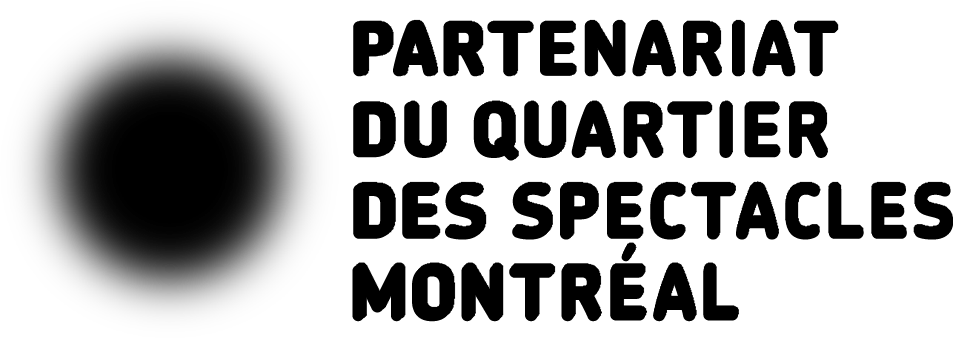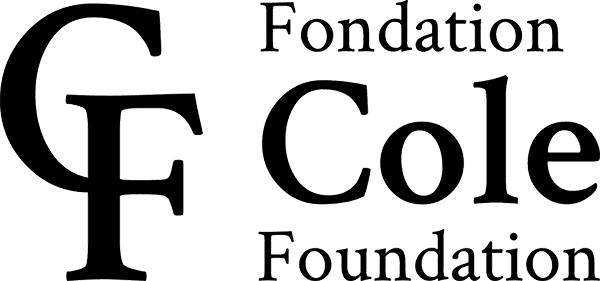You define yourself as a “communal person.” What does that statement say about your artistic practice?
I’m shaped by the encounters I have. There are so many things I have experienced. I can’t separate what I am as an artist from what I am as a citizen of the world and of Brazil. For me, a communal person means a being who belongs to a community. That’s one definition of democracy. Community is not about a theory, an idea, or an aesthetic. It’s about acting: action that is worked on and put into practice. It requires listening and creating space for others, generating encounters or forming alliances (to borrow a phrase from Donna Haraway) with people who think differently than you in places where artists usually don’t go.
That’s also why, 20 years ago, I approached the favela of Maré to establish a creative centre and dance school there. I try to fulfill my responsibilities as a middle-class cisgender white woman. For me, that means first and foremost to accept difference, to include difference, and to create together, but not in an authoritarian way, as often happens in North-South relations.
Even today, in the eyes of the world, we are the image that the North has of us. However, our knowledge is indispensable to the world’s future. Brazil’s Indigenous peoples have been putting ecological wisdom into practice for years. Their ancestral knowledge is there, readily available, but completely ignored. When I talk about moving toward the other and embracing difference, what I’m talking about is above all a displacement, a decentering.
Your communal practice is notably expressed on stage in the choreographic motif of the wave, in the uninterrupted flow of bodies and embraces. What types of co-presence does this movement allow you to explore?
Like a wave, collective practice is work that never ends, that never stops, because it always has to be redone, re-explored, restarted. The same goes for the work of the performers with their blankets—not only does it require strength, because they’re very heavy to carry, but the fabric never achieves a final form. Shapes are constantly being made and unmade.
On stage, the performers have to bring all these blankets with them until the end—not one must be left behind, and everyone shares this responsibility. When there’s a water shortage during a time of crisis, people form a chain to pass a bucket of water from hand to hand. That image is partly reflected here. The performers work together to carry the blankets from the front to the back, from start to finish.
How did the model of the patchwork quilt and various aspects of it—fabric, sewing, weaving, linking—feed into your creative process?
For me, collective encounters are a kind of embroidery work, and I always ask myself how we can weave something together. Here, it’s me doing the weaving. The performers provide me with material and help me to weave, but the weaving is my responsibility—I’m the designer. In Encantado, we use very inexpensive blankets with various patterns and bright colours. I like the possibility of finding beauty in mundane things. Of creating visual figures from ordinary materials.
The first image of the show is the bundle of blankets that the performers unroll together. I wanted to use the image of the sacred serpent from Indigenous cosmology that opens up all the paths of creation. It’s the model of the jiboia, which symbolizes healing, rebirth, holistic knowledge, and the understanding of what connects us, from both a cosmic and microscopic perspective.
What link do you make between these cosmological elements and the decision to perform excerpts from the songs of the Mbyá Guaraní people?
I heard those songs for the first time at a demonstration seeking recognition of their ancestral lands. In this music, alongside maracas, which are traditional ritual instruments indigenous to Brazil, you have string instruments, which were introduced by Portuguese colonists. And you can hear a modern medieval sound in it. It’s a music whose sounds and rhythms came from elsewhere and were mixed together locally. This linking together represents my work very well: it’s a space of pluralistic expression for the people who listen to it.










